I have a directed simple graph (named tutti) and a list of vertex (named risultato).
I want to find the full set of subgraph extracted by "tutti" that includes a vertex in the array risultato.
As example in the included picture the graph tutti

Given the vertex 609 (that is one vertex present in risultato) (in red on the left) i need to plot the graph in picture
 How can i extract all those graphs?
How can i extract all those graphs?